Date: 21 December 2011
Hermes’ head, the logo of Deutsche Messe, can be seen at the top. This 35-meter high object is encased in “Narima” color effect glass from SCHOTT and equipped with high intensity LEDs that allow it to shine brightly at night. In addition, seven integrated SCHOTT “ASI” photovoltaic modules with an expected output of 1000 kilowatt hours per year will generate electricity.
Due to the fact that it is 35 meters in height, the Hermes Column overtowers all of the other buildings on the fairgrounds and points the way to the exhibition grounds for visitors even several kilometers away. Nevertheless, this is a genuine eyecatcher not only because of its impressive height, but also its special design. Depending on how strongly the sun is shining, the incidence of light and the viewing angle, the column with its 21.8 meter high glass front made of “Narima” color effect glass shines just like a rainbow in the colors blue and gold. The individual panes are 3.20 meters in width and up to 1.50 meters in height. The three meter logo of Deutsche Messe AG can be seen at a height of about 32 meters.
“The glass used communicates with its environment and creates lively color impressions. The column thus sends a very special message on the fairgrounds,” explains architect Rainer Müller (Rainer Müller Architects, Hannover), who was contracted with planning this project by Deutsche Messe AG. Energy-efficient, high intensity LEDs that cannot be seen on the outside were applied to the back side of the glass to ensure that the column can be seen from far away, even when it is dark.
The SCHOTT “ASI” photovoltaic modules that were mounted to the back side of the column generate and feed electricity into the public power grid. According to estimates, these modules can be expected to produce an annual output of 1000 kilowatt hours. “Both we and Deutsche Messe AG are extremely pleased with this new symbol that combines design, functionality and sustainability in an exemplary manner,” explains Dr. Martin Rüttgers, Vice President of SCHOTT Architecture + Design.
SCHOTT is an international technology group with more than 125 years of experience in the areas of specialty glasses and materials and advanced technologies. SCHOTT ranks number one in the world with many of its products. Its core markets are the household appliance, solar power, pharmaceuticals, electronics, optics, transportation and architecture industries. The company is strongly committed to contributing to its customers’ success and making SCHOTT an important part of people’s lives with high-quality products and intelligent solutions. SCHOTT is committed to managing its business in a sustainable manner and supporting its employees, society and the environment. The SCHOTT Group maintains close proximity to its customers with manufacturing and sales units in all major markets. Its workforce of around 17,500 employees generated worldwide sales of approximately 2.9 billion euros for the 2009/2010 fiscal year. SCHOTT AG, with its headquarters in Mainz (Germany) is owned by the Carl Zeiss Foundation.

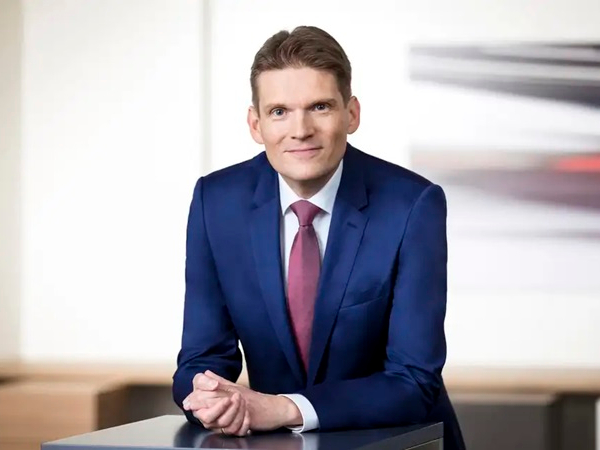
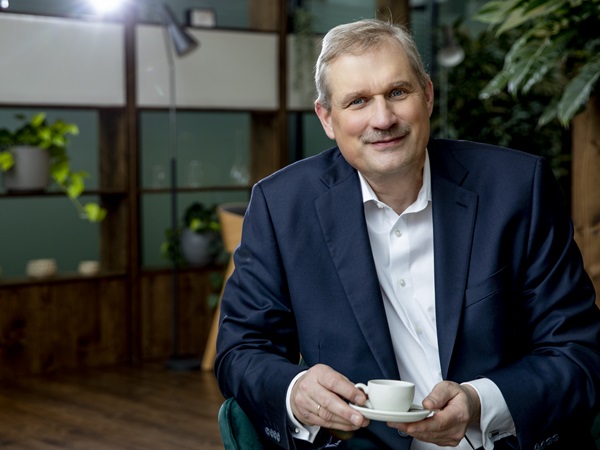

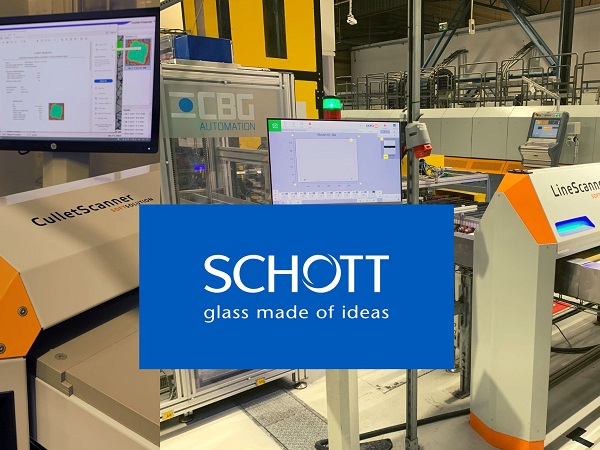
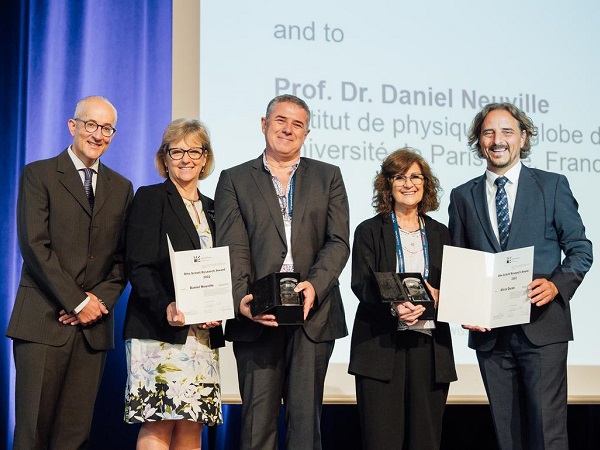
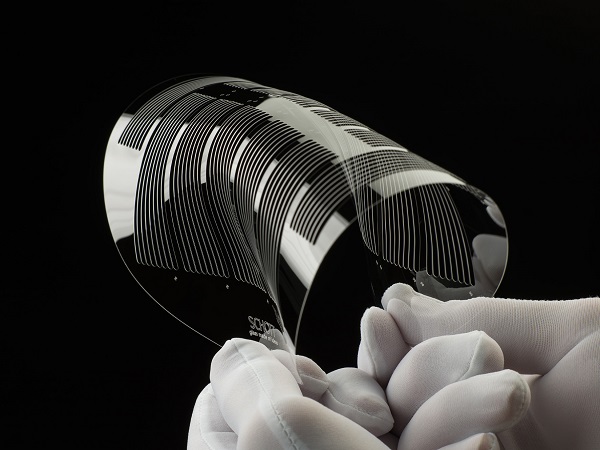
Add new comment